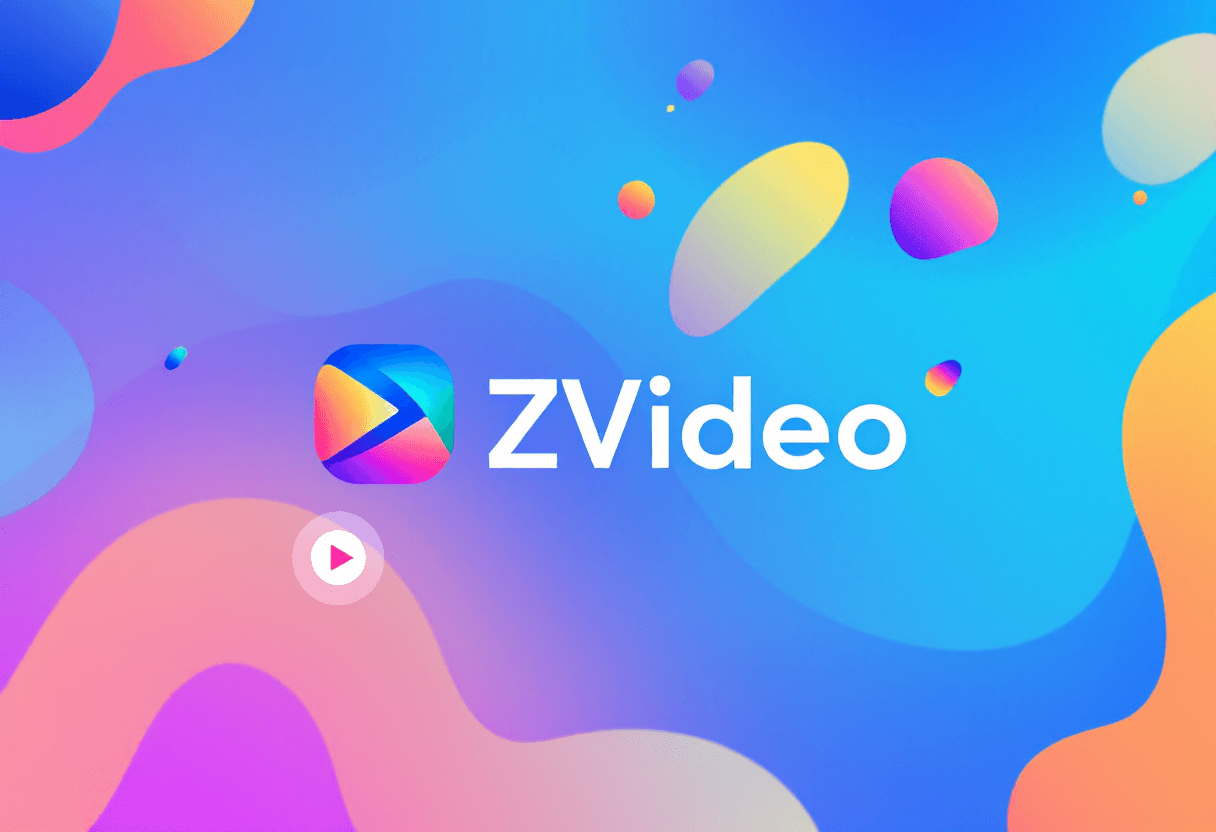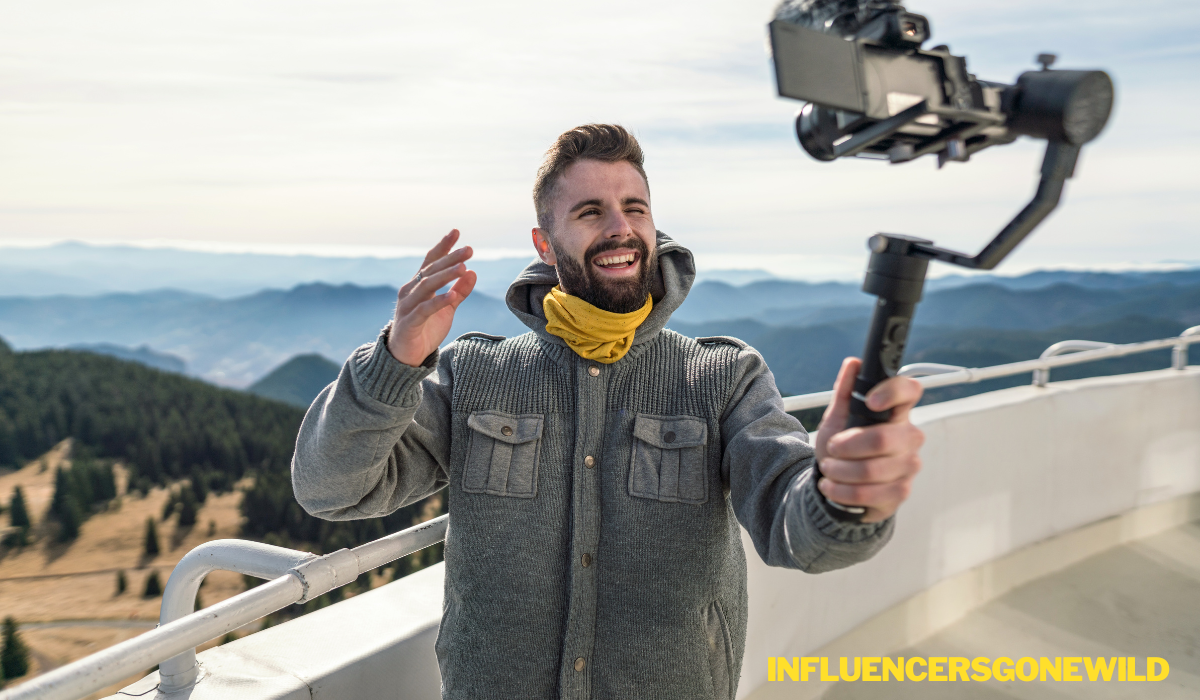ZVideo: The Quiet Revolution in Digital Storytelling You Haven’t Heard About (Yet)
In a world dominated by TikTok dances and YouTube vlogs, a new platform named ZVideo is carving out a space for something deeper: raw, unfiltered storytelling. Unlike its flashy competitors, ZVideo isn’t about viral challenges or algorithm hacks. It’s a haven for creators who value substance over spectacle—a place where a 20-minute documentary about urban beekeeping can trend alongside a silent short film about grief. This article pulls back the curtain on ZVideo, exploring its origins, its quietly passionate community, and why it might just be the future of meaningful digital content.
The Birth of ZVideo: A Rebellion Against “Quick Fix” Content
ZVideo was founded in 2021 by Mira Chen, a former documentary filmmaker disillusioned by platforms that prioritized watch time over artistry. “I watched friends reduce their life’s work to 15-second clips just to survive the algorithm,” she explains. “We wanted a home for stories that breathe.”
The platform’s name is intentionally ambiguous. “Z” doesn’t stand for anything—it’s a nod to Gen Z’s hunger for authenticity, but also a blank canvas. “Let the content define us, not the other way around,” says Chen.
How ZVideo Works: Less Algorithm, More Humanity
ZVideo’s interface feels deliberately unpolished. There’s no infinite scroll. Videos autoplay only if you hover, and creators can’t add flashy effects or filters. The most striking feature? Time stamps aren’t hidden. A 43-minute video about rebuilding a 1952 Harley Davidson isn’t chopped into snippets—it’s presented in full, with chapters.
Creator Monetization:
- No ads. Instead, viewers “tip” creators via microtransactions (as low as $0.10).
- 90% of tips go directly to creators; ZVideo takes 10% to fund its ad-free model.
- Top-earning creators aren’t influencers but niche experts: a retired teacher explaining quantum physics through origami ($8k/month), a fisherman documenting vanishing Icelandic fishing traditions ($12k/month).
The Unlikely Stars of ZVideo
1. The Grieving Cartographer
After losing his wife to cancer, Martin Rojas began mapping their favorite hiking trails in intricate hand-drawn videos. His 2-hour film “The Coordinates of Us”—a meditation on love and topography—has been tipped over 14,000 times. “People message me saying they watched it during their own losses,” he shares. “It’s therapy we do together.”
2. The Teenage Philosopher
17-year-old Lila Amran from Jakarta uses ZVideo to dissect pop culture through a feminist lens. Her 38-minute critique of Barbie’s capitalism paradox went viral in Iran, sparking underground discussion groups. “ZVideo lets me be messy, to think out loud,” she says.
3. The Refugee Chef Collective
A group of Syrian refugees in Berlin cooks meals from memory—no measurements, no timers. Their series “Taste of Home” shows burnt bread and tears alongside laughter. One episode ends with a 10-minute unedited shot of them eating in silence. It’s ZVideo’s most-tipped cooking content.
Why ZVideo’s Community is Obsessed
- Depth Over Distraction: Users report “forgetting to check notifications” while watching.
- No Comments Section: Instead, viewers write letters—epistolary responses sent privately to creators, who often share excerpts.
- The “Pause Party”: Live premieres where thousands watch a video simultaneously, pausing every 5 minutes to discuss in forums.
The Backlash: Is ZVideo Elitist?
Critics argue ZVideo caters to a privileged few. “Not everyone can afford to make 40-minute art films,” says media analyst Raj Patel. Chen counters: “A Zambian farmer’s 3-hour crop rotation tutorial has 200k tips. It’s not about production value—it’s about value, period.”
Still, challenges persist:
- Accessibility: No auto-translate for non-English videos yet.
- Discoverability: The anti-algorithm stance means users must actively search for content.
ZVideo’s Cultural Ripple Effects
- In Education: Professors assign ZVideo documentaries as homework; students analyze them in essay-style video responses.
- In Mental Health: Therapists recommend “ZVideo sessions” for clients overwhelmed by hyper-stimulating platforms.
- In Journalism: War correspondents like Anya Petrova use it for unedited conflict zone diaries. “No network would air a 50-minute shot of a bombed hospital’s daily routine,” she says. “Here, it’s celebrated.”
The Road Ahead: Can ZVideo Scale Without Selling Out?
Chen admits venture capitalists are circling. “They want 15-second clips and celebrity partnerships. We’d rather shut down.” Instead, ZVideo plans:
- Community Ownership: Letting top creators buy equity.
- Offline “ZSpaces”: Pop-up theaters where members watch content together, then discuss over potluck meals.
- A “Slow Scroll” App: Launching in 2025, designed to reduce screen time by limiting users to 30 minutes/day.
What ZVideo Teaches Us About the Future of the Internet
In an age of attention capitalism, ZVideo dares to ask: What if we built a platform that respects people’s time instead of stealing it? Its success—though modest compared to giants—hints at a growing hunger for digital spaces that feel human, not algorithmic. As user Clara Mendez writes: “Here, I don’t feel like a data point. I feel like someone’s guest.”
FAQs
Q1: What makes ZVideo different from other online video platforms?
A1: ZVideo focuses on deep, unfiltered storytelling instead of quick, viral clips. Its interface minimizes algorithms and encourages viewers to engage with full-length, thoughtful content.
Q2: How do creators on ZVideo earn money?
A2: Instead of traditional ads, It uses a tipping system where viewers can tip creators as little as $0.10. Ninety percent of these tips go directly to the creators, supporting niche experts and long-form content producers.
Q3: Who are some standout creators on ZVideo?
A3: The platform features unique voices like the Grieving Cartographer, who creates heartfelt mapping videos, a Teenage Philosopher dissecting pop culture, and the Refugee Chef Collective sharing authentic culinary stories.
Q4: What community features set ZVideo apart?
A4: It encourages genuine interaction by forgoing traditional comment sections. Instead, viewers send personal letters to creators and join live “Pause Parties” during premieres to discuss content in real time.
Q5: What challenges does ZVideo face and how are they addressing them?
A5: It’s challenges include accessibility and discoverability due to its anti-algorithm approach. The platform plans to scale with initiatives like community ownership, offline “ZSpaces” for in-person viewing, and a “Slow Scroll” app to promote mindful screen time.





Post Comment